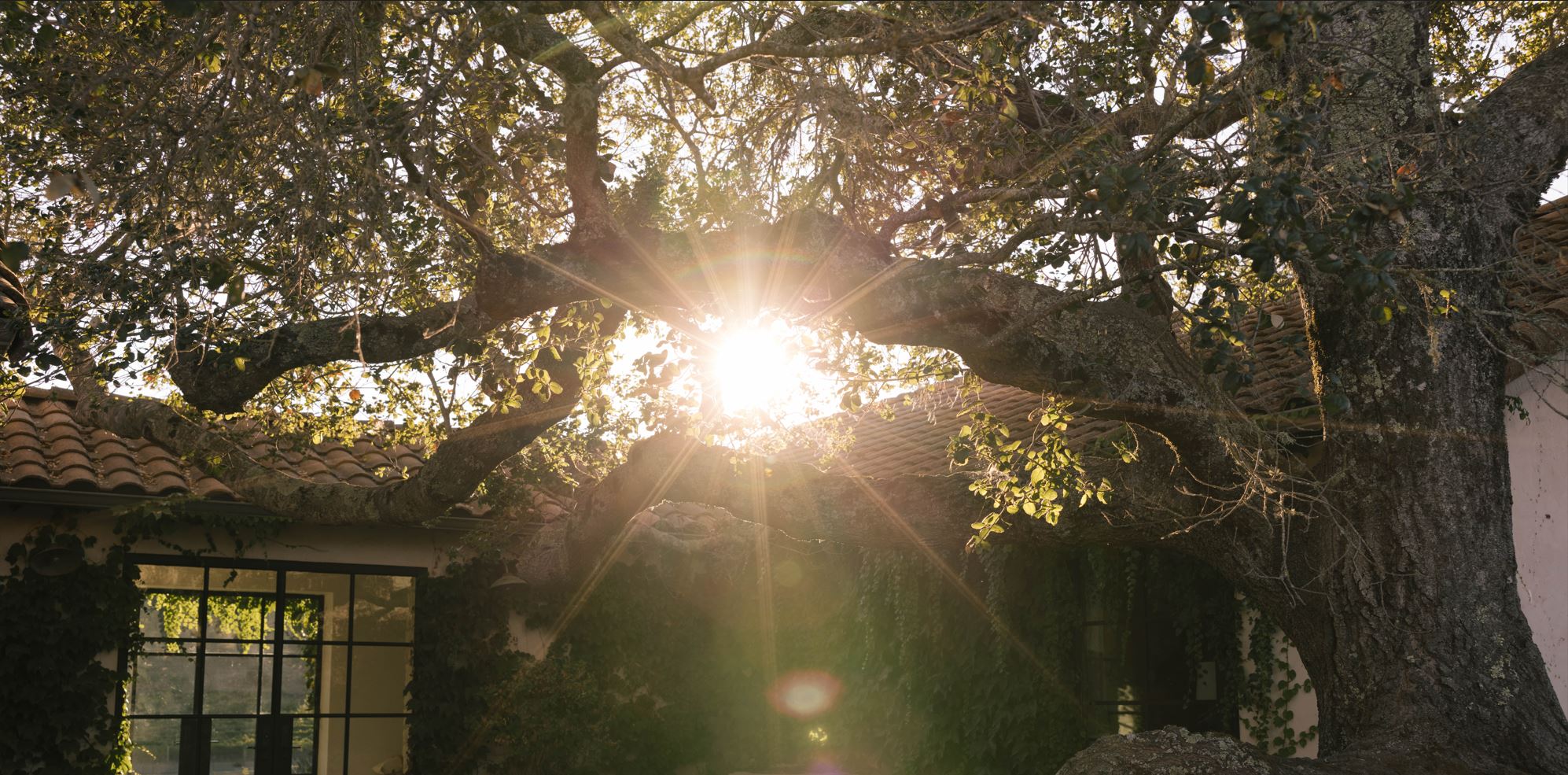Section with Text
We are all doing our best to make better choices for our planet, from the cars we drive and the products we use, to the way we drink water—but when it comes to buying sustainable products for our home—where we spend +60% of our time, our options are limited.
Section with Text
The home industry is antiquated. Dominated by trendy designs and synthetic materials, little attention is paid to sustainability or care and repair, leading to furniture that feels disposable. But what does it truly mean to “throw something away"?

TONNES OF FURNITURE
WAS THROWN AWAY IN
2021 vs. 1960

OF THIS WASTE
GOES TO A
LANDFILL

OF FURNITURE
WASTE IS
RECYCLABLE
Section with Text
We asked ourselves: wouldn’t it be better to create homewares from natural materials—pieces that last, that can be cared for, that could pass down through generations and eventually
return gently to the earth?


